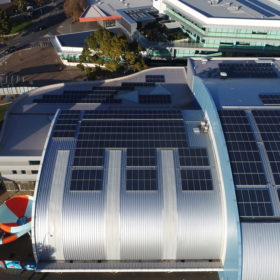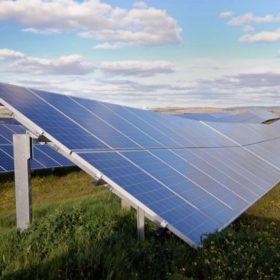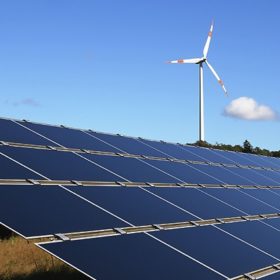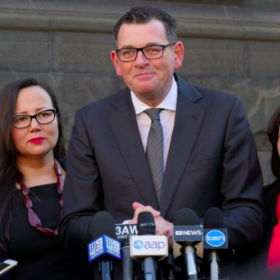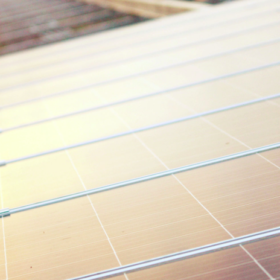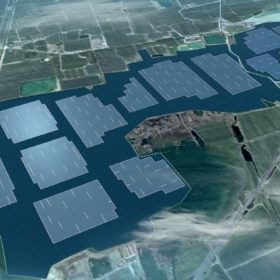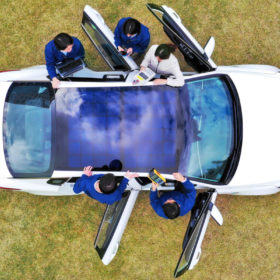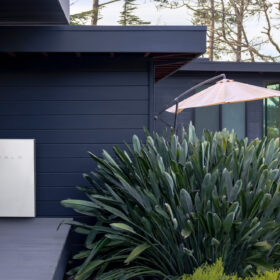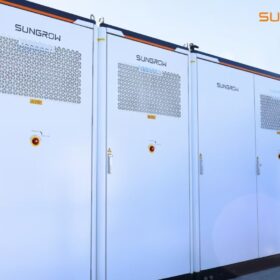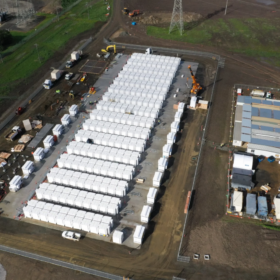“Smart installers can explain the advantages of solar”
While the SRES appears safe, the rooftop PV market is likely to thrive even as the certificates phase out. So says Hans-Georg Einwagner – Area Sales Manager Asia-Pacific Region, for Austrian inverter maker Fronius. With something approaching 40% market share in the DG rooftop segment in certain segments, Einwagner says Fronius’ quality and service model is behind the company’s strong showing.
John Laing achieves financial close on Finley Solar Farm
After taking a 90.1% stake in one of Australia’s largest solar PV projects – the 255 MWp Sunraysia Solar Farm last month, U.K.-based infrastructure investor John Laing has closed its second solar project in Australia – the 174.9 MWp Finley Solar Farm in New South Wales.
Tesla announces Australian telecom executive to replace Musk as board chair
No, Rupert Murdoch’s son will not be running the world’s largest EV maker.
AEMO: Record quarter for renewables as large-scale solar floods electricity market
The amount of large-scale solar capacity that commenced generation during the third quarter of 2018 was higher than the NEM’s entire large-scale solar capacity at the start of the year, reports the Australian Energy Market Operator (AEMO). In other news, Western Australia has pass the 1 GW solar milestone, while South Australia has seen record levels of curtailment.
50% VRET by 2030 pledged
Half of Victoria’s energy could come from renewable energy source, as the Labor government has vowed to expand the state’ renewable energy target from 40% in 2025 to 50% in 2030, if re-elected.
Canadian Solar privatization plans on ice
Last December, the company’s CEO made a proposed transaction offer to acquire Canadian Solar. Mulling the offer, a special committee has now advised the company’s board to cease its review of the proposal, highlighting that it could not find sufficient certainty in the CEO’s ability to secure the funding for the transaction. Following the news today the CEO has withdrawn his offer.
Solar farm approved at Vales Point coal-fired power station
The NSW Department of Planning has given the green light the 55 MW Vales Point solar project, one of the first large scale solar power plant in Australia to operate in conjunction with a coal-fired power station.
NSW to invest $20m in batteries for schools, hospitals
The New South Wales government has announced plans to install up to 900 batteries with a total capacity of 13 MW on hospital and schools that already have rooftop solar systems.
Australia has potential for 50 GW of floating PV capacity
The World Bank says global operational floating PV capacity has topped 1.1 GW, noting that adding floating solar to hydropower plants improves their flexibility while increasing energy yields. According to the latest WB report, Australia and Oceania have potential for 5 GW of floating solar on freshwater man-made reservoirs under conservative assumptions, and up to 50 GW under the most favorable scenario.
Hyundai to launch solar body kits for vehicles
In a joint effort with Kia Motors, Hyundai Motors is developing solar roofs and bodies for its EVs, hybrids and ICE vehicles to provide additional charging capacity. Depending on solar irradiation levels, the technology could provide 30-60% battery charge per day, the manufacturer says.
